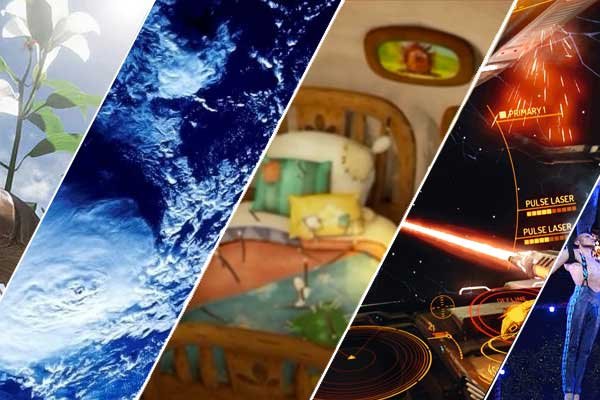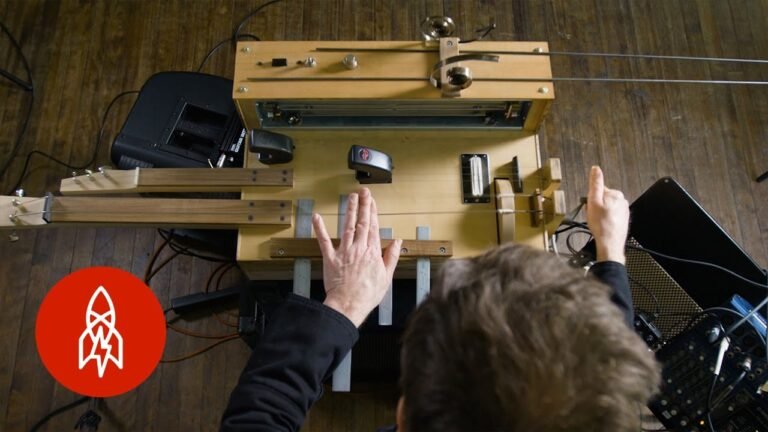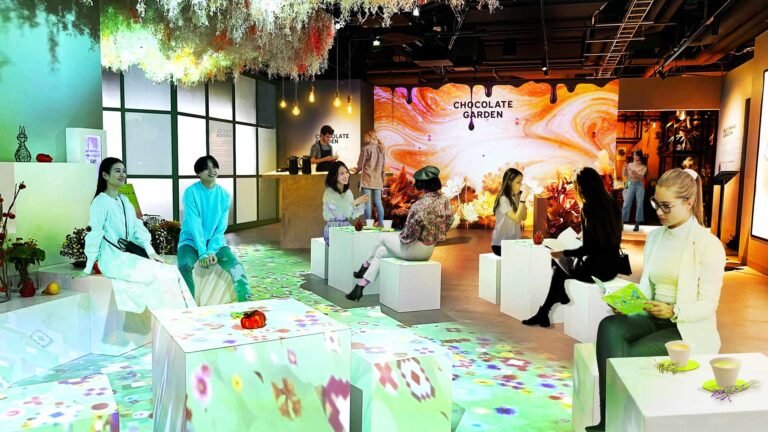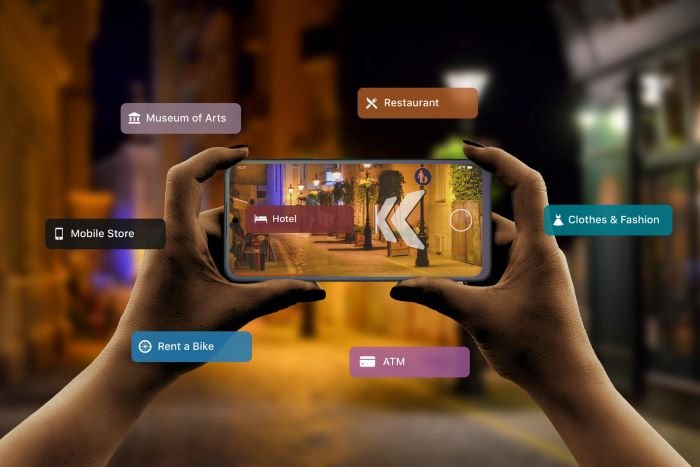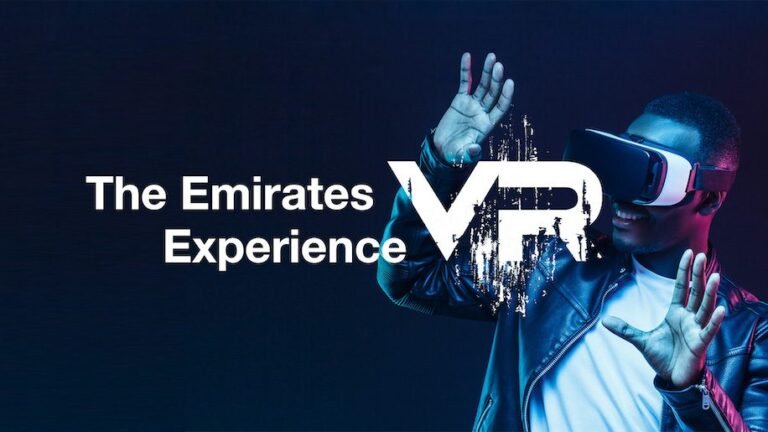Immersive Virtual Reality Experiences
Imagine entering a world where you can explore the depths of the ocean, journey through fantastical realms, and step into the shoes of historical figures – all from the comfort of your own living room. With “Immersive Virtual Reality Experiences,” you can do just that. This groundbreaking product brings the marvels of virtual reality to your fingertips, allowing you to fully immerse yourself in captivating and lifelike experiences. From awe-inspiring landscapes to heart-pounding adventures, prepare to be transported into a new dimension with Virtual Reality Experiences.
Exploring Immersive Virtual Reality Experiences
Virtual Reality (VR) has become an exciting and revolutionary technology that is reshaping the way we experience the digital world. By immersing yourself in a virtual environment, VR offers a unique and captivating experience that transports you to an entirely different reality. In this article, we will explore the intricacies of immersive virtual reality experiences, understanding how VR works, the advancements in VR technology, the various types of immersive VR experiences, and the applications, challenges, and impacts of this remarkable technology.
Understanding Virtual Reality
Virtual Reality refers to a computer-generated environment that simulates a realistic experience, making the user feel as if they are physically present in an alternate reality. By utilizing specialized headsets or other immersive devices, users can interact and navigate within the virtual world, creating an incredibly lifelike and immersive experience. VR technology aims to provide a sense of presence and engagement, enabling users to suspend their disbelief and fully immerse themselves in the virtual environment.
Advancements in Virtual Reality Technology
Over the years, VR technology has witnessed tremendous advancements, paving the way for more immersive and realistic experiences. One of the significant breakthroughs has been in the development of high-resolution displays, allowing for more detailed and vibrant visuals in the virtual world. Furthermore, the introduction of motion tracking and 6-degrees-of-freedom (6DoF) controllers has enhanced user interaction and freedom of movement within virtual environments. These technological advancements have significantly contributed to the growth and popularity of VR, making it more accessible and appealing to a wider audience.
Types of Immersive Virtual Reality Experiences
Immersive virtual reality experiences come in various forms, catering to different interests and preferences. One of the most common types is gaming and entertainment. VR gaming has gained immense popularity due to its ability to transport players into highly immersive and interactive virtual worlds. From action-packed adventures to realistic simulations, VR gaming provides a heightened sense of presence and engagement.
Another application of immersive VR is virtual tourism and travel. With the power of VR, individuals can explore and visit destinations from the comfort of their own homes. Whether it’s wandering through famous landmarks or experiencing adrenaline-pumping activities, virtual tourism allows people to satisfy their wanderlust and experience new places without physically being there.
Education and training have also embraced the potential of immersive VR experiences. From virtual classrooms to simulated training scenarios, VR provides a safe and controlled environment for learners to acquire new knowledge and skills. Medical professionals, for example, can practice surgical procedures in a virtual operating theater, enabling them to gain valuable experience before performing on real patients.
Moreover, immersive VR experiences have shown promising results in the field of therapy and rehabilitation. Virtual reality can be used to create simulations that help individuals overcome fears, phobias, and post-traumatic stress disorders. By exposing individuals to controlled virtual environments, therapists can guide and support their patients in a safe and controlled manner, facilitating the healing and recovery process.

This image is property of www.ishn.com.
Applications of Immersive Virtual Reality
Gaming and Entertainment
VR gaming has completely revolutionized the way we engage with digital entertainment. With the advent of immersive headsets and advanced controllers, players can immerse themselves in a virtual world filled with thrilling adventures, realistic simulations, and imaginative experiences. From exploring fantasy realms to participating in exhilarating sports, VR gaming provides an unparalleled level of immersion and interactivity, captivating players like never before.
Virtual Tourism and Travel
Immersive virtual reality experiences open up a whole new world of possibilities for virtual tourism and travel. With the power of VR, you can visit exotic locations, explore historical landmarks, and embark on breathtaking adventures without ever leaving your home. Whether you want to walk through the ancient ruins of Rome or dive into the depths of the Great Barrier Reef, virtual tourism offers a sense of exploration and discovery that was once only possible through physical travel.
Education and Training
The field of education and training has embraced the potential of immersive VR experiences to enhance learning and skill development. In virtual classrooms, students can participate in interactive lectures and engage with virtual objects and environments, making learning more engaging and memorable. VR also provides a realistic training environment for professionals in various industries, such as aviation, construction, and military, where hands-on experience and simulations are essential.
Therapy and Rehabilitation
Immersive VR experiences have shown significant potential in the field of therapy and rehabilitation. By creating virtual environments that replicate real-world situations, therapists can expose individuals to their fears and phobias in a controlled and safe environment. This exposure therapy helps patients overcome their anxieties and traumas gradually. Additionally, virtual reality can be used for physical rehabilitation, providing a motivating and engaging platform for exercises and movement therapies.

This image is property of www.foundry.com.
Challenges and Limitations of Immersive Virtual Reality
Technical Limitations
Although VR has come a long way, there are still a few technical limitations that hinder its full potential. One of the challenges is the issue of motion sickness and discomfort caused by mismatches between the virtual movement and the user’s physical movement. The lag between the user’s actions and the response of the virtual environment can lead to a disconnect, resulting in a less immersive experience. However, advancements in tracking technology and hardware are constantly addressing these concerns, striving for smoother and more realistic interactions.
Health and Safety Concerns
Another challenge lies in the potential health and safety risks associated with immersive VR experiences. Prolonged use of VR headsets can cause eye strain, fatigue, and even nausea in some individuals. Moreover, the physical movements within the virtual environment can sometimes lead to accidents or collisions with real-world objects. To mitigate these risks, manufacturers and developers are continuously improving ergonomics, comfort, and safety features of VR headsets while providing proper guidelines for usage.
Social and Ethical Considerations
Immersive VR experiences raise important social and ethical considerations. In multiplayer VR games and social VR platforms, issues such as privacy, harassment, and ethical behavior can arise. As users interact and collaborate in virtual environments, it becomes crucial to establish guidelines and safeguards to ensure a positive and respectful experience for everyone. Additionally, the potential for addiction and dependency on VR experiences also needs to be carefully monitored and addressed.
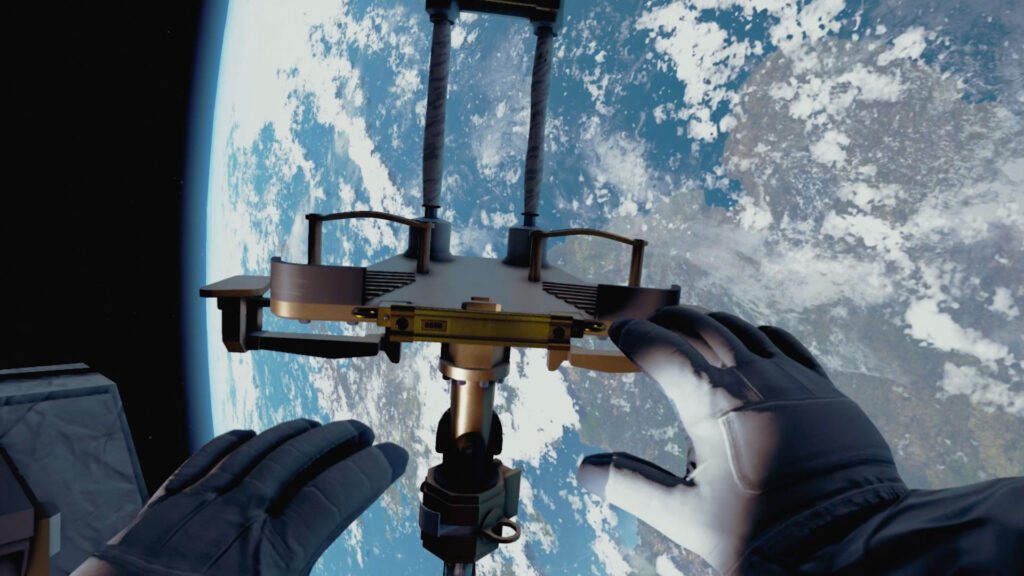
This image is property of cdn.mos.cms.futurecdn.net.
Impacts of Immersive Virtual Reality
Enhanced User Engagement
One of the significant impacts of immersive VR experiences is the enhanced level of user engagement. By immersing users in a compelling virtual world, VR captures their attention and keeps them fully engaged throughout the experience. The sense of presence and interactivity leads to increased focus, making the overall experience more memorable and impactful.
Realistic Simulation and Training
Immersive VR experiences offer an unparalleled level of realism when it comes to training and simulation. From flight simulators for pilots to surgical simulations for medical professionals, VR provides a safe and controlled environment to practice and refine complex skills. This realistic training not only enhances expertise but also reduces the risks associated with real-world practice.
Elevating Entertainment and Media
Virtual Reality has the potential to revolutionize the entertainment and media industry. By offering immersive and interactive experiences, VR can transport users into movies, documentaries, and live events, creating a whole new level of entertainment. From watching a film from the perspective of the main character to attending live concerts virtually, VR has the power to elevate traditional forms of entertainment to unimaginable heights.
Potential for Social Interaction and Collaboration
With the rise of multiplayer VR experiences and social VR platforms, virtual reality has the potential to foster social interaction and collaboration on a global scale. By enabling people from different parts of the world to meet and interact in a shared virtual space, VR can bring communities together, forging new connections and friendships. Virtual reality offers an immersive and engaging platform for socializing, exploring, and engaging with others in ways never before possible.
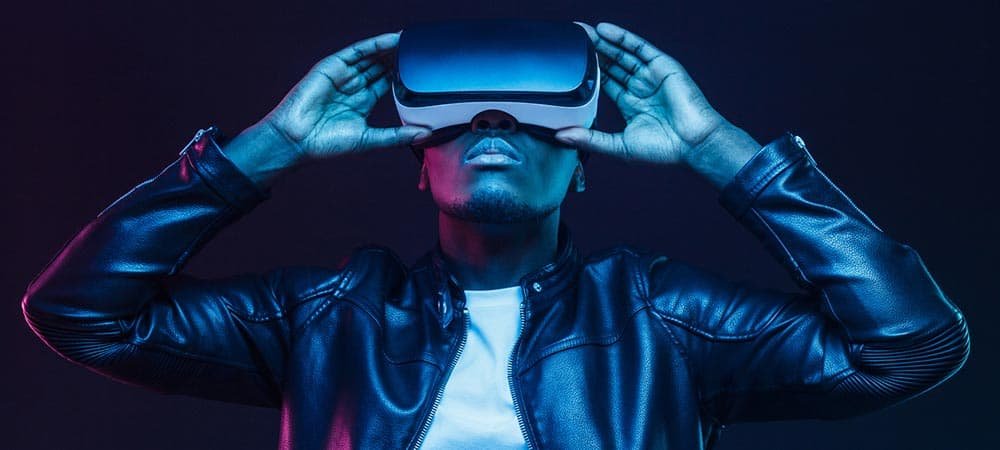
This image is property of store.hp.com.
Future Directions in Immersive Virtual Reality
Advancements in Headsets and Equipment
The future of immersive VR experiences lies in the continuous advancements in headsets and equipment. Manufacturers are constantly pushing the boundaries of technology to create lighter, more comfortable, and higher-resolution headsets. With the development of wireless and standalone VR headsets, the barriers to entry will be further reduced, making VR even more accessible to a wider audience.
Expanding VR Content and Applications
As VR technology advances, so too will the variety and quality of VR content and applications. Developers will continue to create innovative and immersive experiences across various industries and domains. From educational simulations to professional training programs, the possibilities for VR are limitless. As more content becomes available, users will have a broader range of choices, ensuring that there is something for everyone to enjoy and benefit from.
Integration with Augmented Reality
The integration of Virtual Reality with Augmented Reality (AR) is a promising direction for the future. By combining the virtual and real worlds, Mixed Reality (MR) experiences will create even more immersive and interactive scenarios. This integration has the potential to revolutionize fields such as architecture, design, and remote collaboration, where virtual objects and information can be seamlessly overlaid onto the real environment.
Emerging Trends and Innovations
As VR technology continues to evolve, there will undoubtedly be emerging trends and innovations that will shape the future of immersive experiences. From haptic feedback technology to full-body tracking, these advancements will further enhance immersion and realism. Additionally, advancements in AI and machine learning can lead to more intelligent and dynamic virtual environments that adapt and respond to user input, making the experiences even more engaging and personalized.
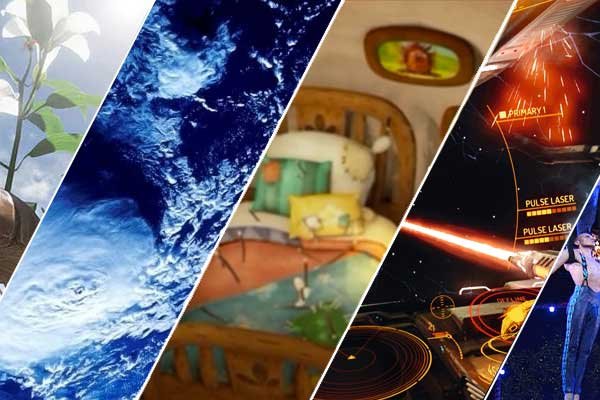
This image is property of www.marxentlabs.com.
Conclusion
Immersive Virtual Reality experiences have opened up a world of possibilities, transforming the way we engage with the digital realm. The advancements in VR technology, from high-resolution displays to motion tracking controllers, have made virtual reality more accessible and captivating than ever before. The applications of immersive VR, whether in gaming, education, therapy, or entertainment, have the potential to revolutionize industries and enhance our daily lives.
However, challenges remain, including technical limitations, health and safety concerns, and social and ethical considerations. As these challenges are addressed and overcome, the impacts of immersive VR will continue to grow. From enhanced user engagement to realistic training simulations, VR has the potential to elevate experiences and foster collaboration on a global scale.
Looking towards the future, advancements in headsets, the expansion of VR content and applications, integration with AR, and emerging trends and innovations promise new and exciting possibilities. Immersive virtual reality experiences will continue to shape our lives, allowing us to explore new realities, learn new skills, and connect with others in ways we never thought possible.
